This Summer at CPL is themed City of Stories. You can find countless stories in CPL's archives. There are inspirational stories like how Hazel M. Johnson fought for the health and safety of her neighbors in Altgeld Gardens and in doing so founded the environmental justice movement. And there are sillier stories like the one about how they built a ski jump in Soldier Field.
The thing about archives, though, is that you have to piece these stories together yourself. Like a reporter or a detective, you look at many different sources, and you come up with the story by analyzing and synthesizing the information.
The story I want to tell you today - about helping Chicago kids enjoy childhood and develop appropriately, even as they struggle to survive the Great Depression - is pieced together by looking at photographs, reading annual reports and holding and experiencing objects.
Imagine the scene: 1937, Chicago. Your family, along with most others in the country, has been struggling since the Stock Market crash of 1929, scraping by for years to earn enough money to feed all of you. You and your siblings help out after school with formal and informal jobs, leaving little time for anything else.
You're still a kid, though, and you have a child's energy and desire to play. You've become resourceful and imaginative in accomplishing this since there is no disposable income for luxuries like toys. All the same, you find yourself wondering from time to time what it would be like to have a real game board or actual figurines. Enter: the Chicago Park District.
In the 1930s, the Chicago Park District worked with the Works Progress Administration (WPA) on many projects. Beginning around 1937, the Chicago Park District and the WPA established Toy Centers in the Park District's fieldhouses. The program provided playthings for families that could not afford toys of their own. Conceived as libraries where children could check out toys to play with at home and return them, these facilities also quickly became “toy play centers.” Children spent hours in fieldhouses playing with the toys with other kids.
The 1938 Annual Report states that 40,565 toys were loaned through the program. Park District employees and adult craft class participants made the toys, and when toys broke, staff took them to the Park District’s “toy hospital” for repair. The nationally influential program lasted at least until 1940, when mention of it stops appearing in the annual reports.
The story of this Depression-era program is heartwarming on its face, but it's enlivened even more by the documents and artifacts in the archives that tell it. As you participate in CPL's summer activities, consider scheduling an appointment to visit one of our archives to find your own stories.


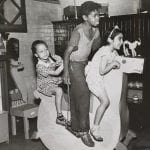
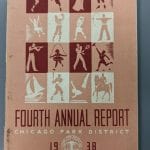
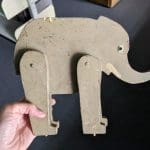
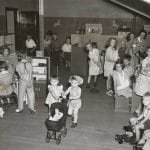
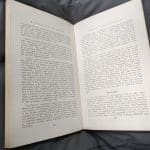

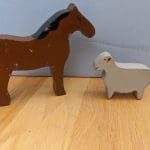
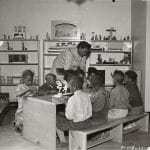


Add a comment to: Stories from the Archives: Chicago Park District Toy Centers